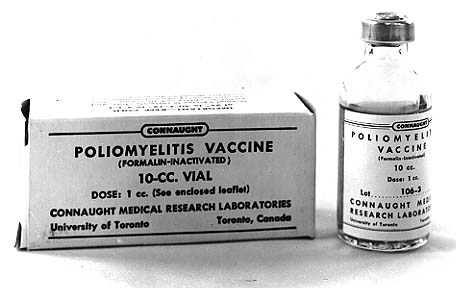Dead fish carry toxic mercury to deepest parts of the ocean, study reveals
11/19/2020 / By Divina Ramirez

A new study has shown that carcasses of fish that once lived in near-surface waters sinking to the deepest and remotest parts of the ocean carry toxic mercury, contaminating the creatures that dwell in these depths.
Published Monday, Nov. 16. in the journal Proceedings of the National Academy of Sciences, the study provides evidence that mercury pollution from anthropogenic sources, including coal-fired power plants, mining operations and cement factories, has been infiltrating and negatively affecting some of the remotest ecosystems on Earth.
Experts previously thought that mercury from anthropogenic sources could only be found in the upper 1,000 meters of the ocean. “[But] we found that while some of the mercury in these deep-sea trenches has a natural origin, it is likely that most of it comes from human activity,” said lead author Joel Blum, a professor of earth and environmental sciences at the University of Michigan.
Overall, the researchers’ alarming discovery offers valuable insight into the extent of mercury pollution in the ocean, as well as on the severity of mercury’s environmental impact.
Evidence of human pollution in deep ocean trenches
Mercury is a naturally occurring metallic element used in the manufacture of industrial products. Like other heavy metals, mercury is extremely poisonous. Yet over 2,000 metric tons of mercury are emitted every year because of human activities, such as the burning of coal to generate electricity, leading to mercury’s presence on land and in the global ocean.
Microorganisms convert some of this inorganic form of mercury into methylmercury, an organic form of the element that accumulates in fish, shellfish and other sea creatures commonly used for food. Humans end up accumulating this toxic element in their bodies by eating contaminated seafood. (Related: Mercury poisoning signs and symptoms.)

Knowing how toxic elements like mercury are infiltrating marine ecosystems in the first place can immensely help scientists better understand mercury as a global pollutant and develop refined models to study its effects on a global scale not only on marine life but also on humans.
To this end, Blum and his colleagues collected amphipods and snailfish on the ocean floor of the 36,000-foot-deep Mariana Trench in the northwest Pacific Ocean and of the nearly 33,000-foot-deep Kermadec Trench in the southwest Pacific Ocean.
Blum said they studied trench organisms because they expected the mercury there to be almost exclusively of geologic origin, that is, from deep-sea volcanic sources due to the deep and remote location. But their analysis of the isotopic composition of methylmercury from the tissues of the amphipods and snailfish told an entirely different story.
In particular, they found that the methylmercury signatures of the amphipods and snailfish matched those of fish species found in the waters of the central Pacific Ocean at depths of up to 1,640 feet. This finding suggests that the methylmercury found in the bottom-dwelling sea creatures likely originated from near-surface waters prone to mercury pollution from anthropogenic sources, not from deep-sea geologic features as Blum thought.
Furthermore, Blum and his colleagues found that methylmercury signatures of sinking organic matter, which includes fecal material and dead plankton, did not match the methylmercury signatures of trench biota.
These findings are also significant because they undermine the idea that anthropogenic activities, not sinking fish carcasses, are driving the presence of methylmercury in trench biota. These were the findings of a similar study conducted by Chinese researchers and published in early July in Nature Communications.
“Deep-sea trenches have been viewed as pristine ecosystems unsullied by human activities,” noted co-author Jeffrey Drazen, an oceanographer from the University of Hawaii at Manoa. Unfortunately, this latest study shows how human activities inadvertently affect even remote places that are seemingly safe from pollutants, potentially threatening the ecosystems there.
Learn more about the environmental impact of toxic mercury pollution at Environ.news.
Sources include:
Submit a correction >>
Tagged Under:
This article may contain statements that reflect the opinion of the author




















